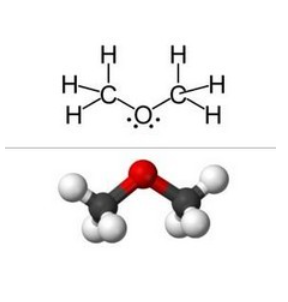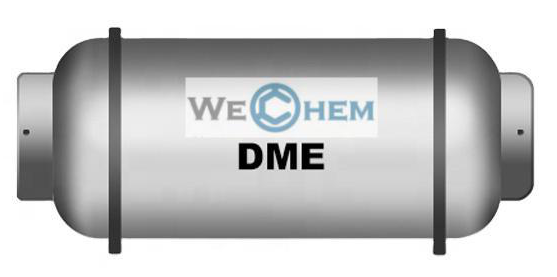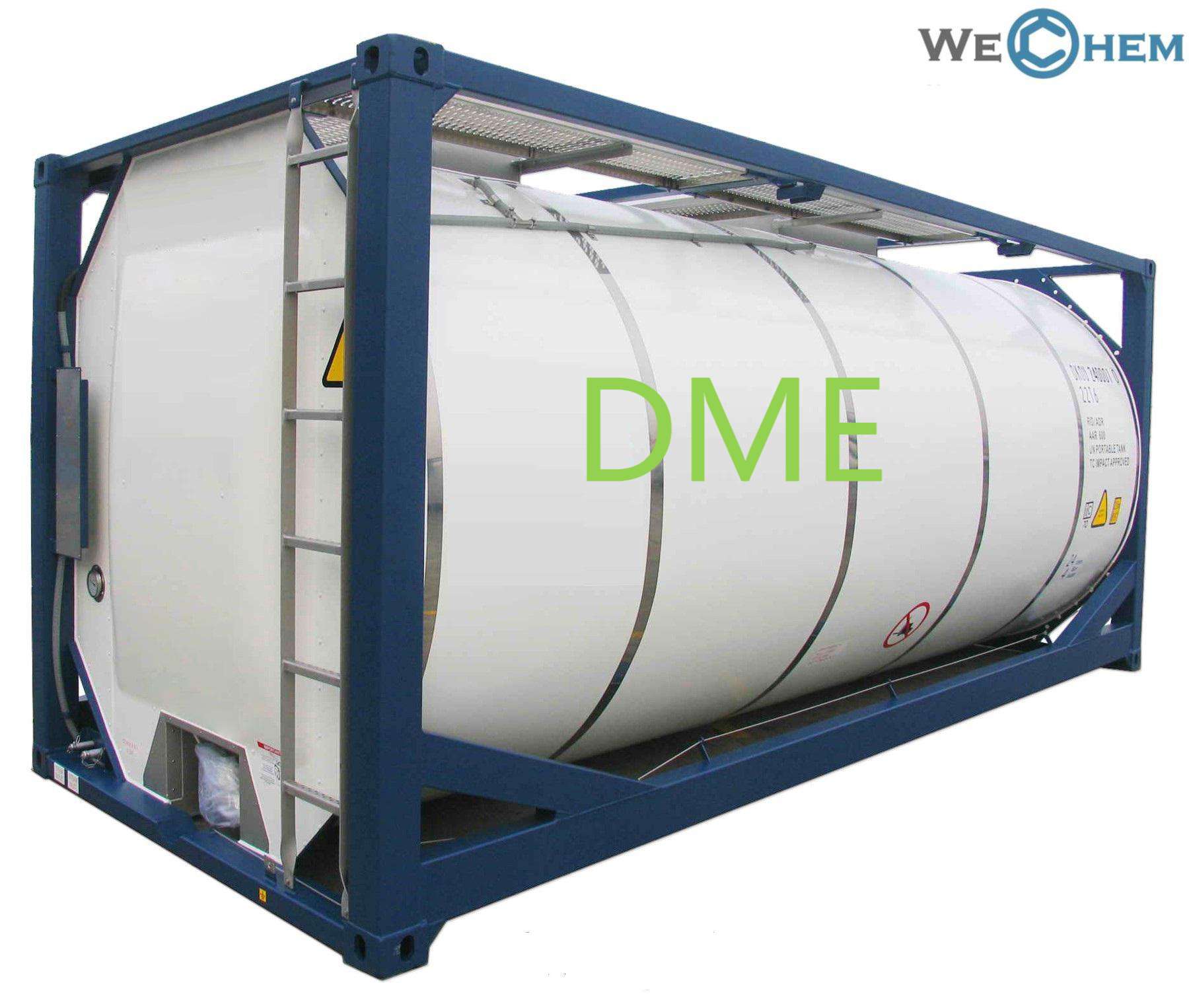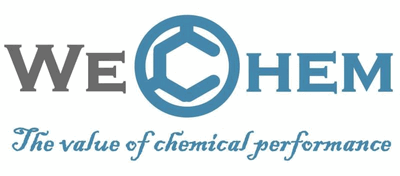资讯中心
Recently, a bill passed unanimously by the California Legislature and signed into law by Governor Gavin Newsom today defines the tax rate for DME used as either a diesel replacement or blended with propane, and how it would be sold at retail to consumers.
California Assembly Bill 2663 effectively lowers the tax rate on DME to parity with other alternative fuels, removing a barrier to adoption for fleets looking to lower their carbon footprint and emissions through use of DME.
With its quiet, sootless combustion, ultra-low emissions, high cetane, inexpensive LPG-compatible equipment and logistics and high energy density, DME offers an array of pathways to sustainable and zero-emission energy for a wide range of applications.

In this newsletter, Wechem will share with you a brief introduction of this magical material: Dimethyl Ether.
What is DME:
DME (dimethyl ether) is a clean, colorless gas that is easy to liquefy and transport. It has remarkable potential for increased use as an automotive fuel, for electric power generation, and in domestic applications such as heating and cooking.

DME can be derived from many sources, including renewable materials (biomass, waste and agricultural products) and fossil fuels (natural gas and coal).
DME has been used for decades in the personal care industry (as a benign aerosol propellant), and is now increasingly being exploited for use as a clean burning alternative to LPG (liquefied petroleum gas), diesel and gasoline.
Like LPG, DME is gaseous at normal temperature and pressure, but changes to a liquid when subjected to modest pressure or cooling. This easy liquefaction makes DME easy to transport and store. This and other properties, including a high oxygen content, lack of sulfur or other noxious compounds, and ultra clean combustion make DME a versatile and promising solution in the mixture of clean renewable and low-carbon fuels under consideration worldwide.

How is DME Produced?
DME can be produced from a variety of abundant sources, including natural gas, coal, waste from pulp and paper mills, forest products, agricultural by-products, municipal waste and dedicated fuel crops such as switchgrass.
World production today is primarily by means of methanol dehydration, but DME can also be manufactured directly from synthesis gas produced by the gasification of coal or biomass, or through natural gas reforming. Among the various processes for chemical conversion of natural gas, direct synthesis of DME is the most efficient.
What is special with Wechems’ DME?
Wechem is Chinese’s leading supplier of advanced chemical materials, currently we could provide high purity DME to worldwide customers and markets with sufficient production capacity and superior product quality. In terms of transportation, we are able to offer quick supply and superior logistics to overseas customers with isotank or gas cylinder.

A specification to Wechem’s DME:
Specifications |
|
Purity , % |
99.9 |
(Liquid Phase) |
(Mol. ppm) |
Other Impurities |
≤ 1000 ppm |
Moisture |
≤ 5 ppm |
Sulphur |
≤ 1 ppm |
Transportation |
|
DOT Shipping Name |
Dimethyl Ether |
DOT Classification |
2.1 |
DOT Label |
Flammable Gas |
UN Number |
UN 1033 |
CAS No. |
115-10-6 |
CGA/DISS /BS341/DIN477 |
510/NO.4/NO.1 |
Shipped as |
Liquefied Gas |
Technical Information |
|
Cylinder State @ 21.1°C |
Liquid |
Flammable Limits In Air |
3.4-18% |
|
Auto Ignition Temperature (°C ) |
350 |
Molecular Weight (g/mol) |
46.07 |
Specific gravity (air =1) |
1.59 |
Critical Temperature ( °C ) |
126.95 |
Critical Pressure ( psig ) |
764.15 |
For enquiry, please feel free to contact:
Ken Chan: 86-13790071017 / ken@wechem.cn
Kristal Ho: 86-13927270248/ kristal@wechem.cn
You could also find Wechem via below link:
Website: www.wechem.cn
Alibaba: https://wechem.en.alibaba.com/
Linkedin: https://www.linkedin.com/in/ken-chan-159560a0/detail/recent-activity/
Facebook: https://www.facebook.com/shanghai.wechem.7/
